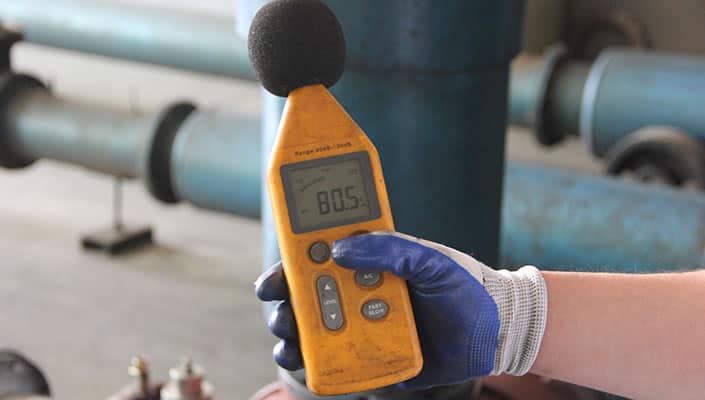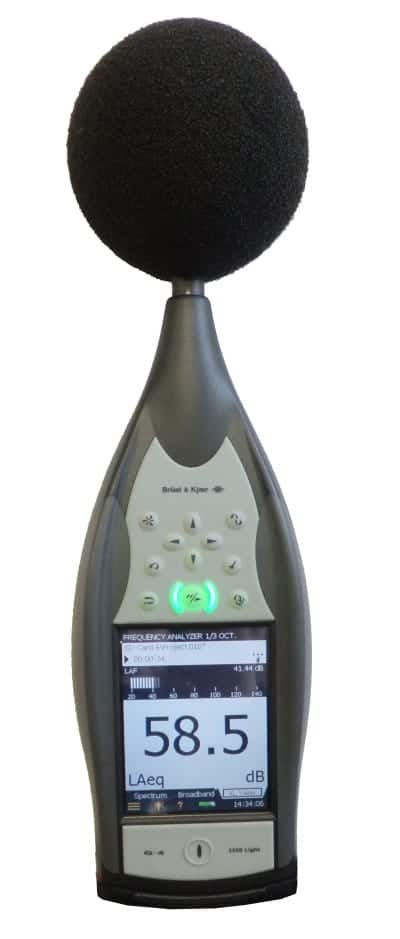Noise and Our Hearing
What Is Noise?
Noise is classified as unwanted sound, which is usually loud and unpleasant, and can cause temporary and permanent damage.
Microscopic Hairs and Hearing
Our ears have millions of tiny hairs (stereocilia) which are a critical part of the hearing process. They respond to vibrations and fluid motion, assisting hearing and balance in humans and other animals. When these hairs are exposed to excessive noise, they are damaged, wilt, and become less effective.
Hearing Recovery at Night
During the night or during a period of low noise, they have the opportunity to recover. As they recover, they become more effective and our hearing is improved. These hairs, once they have recovered, stand upright, absorbing sound waves and converting them into electrical messages which are then sent to the brain.
Noise in the Workplace
The more noise exposure a person experiences in the workplace, the greater the effect it will have on the stereocilia, whose appearance, albeit on a microscopic scale, is comparable to that of new grass. If they are not damaged to a great extent, they are able to recover, but if excessive damage is caused, they are unable to recover, and in extreme cases, hearing can be lost.
How Can You Protect Your Hearing?
- Don’t expose yourself to high amounts of noise
- If you don’t know if a noise level is potentially damaging, request a noise assessment at https://www.k2.co.nz/services/noise-testing/
- A good noise assessment includes noise testing and methods to decrease noise in the workplace
- Minimise exposure time to any noise
- Ensure that you are always using correctly fitting noise protection i.e. earmuffs, ear plugs
- Ensure that you have plenty of quiet time to allow the hairs in the ears to recover
- Do not listen to music while sleeping
- Minimise or eliminate listening to music with earphones
- Never expose yourself to loud impact noise unprotected

